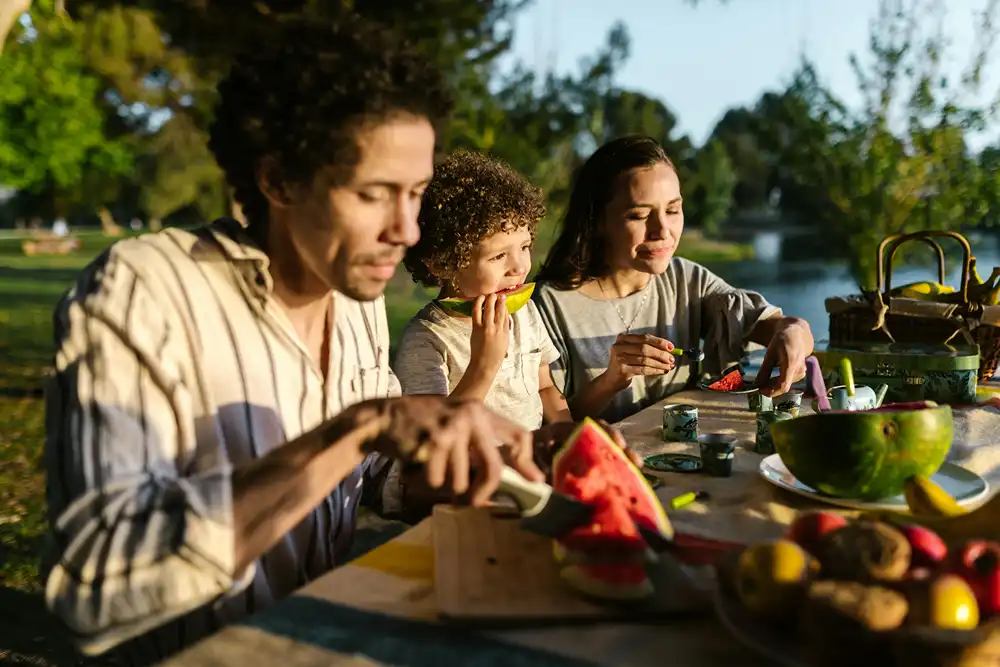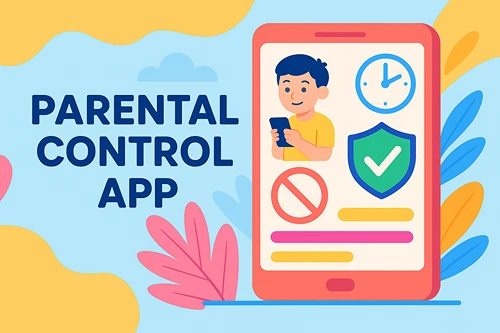7 Ways Integrative Medicine Supports Family Health
Parents see how school, sports, screens, and sleep all affect each person’s daily health at home and outside. Small choices add up across a week, from breakfast and hydration to evening routines and bedtime patterns together.
Integrative medicine looks at the whole picture, using common sense steps alongside standard medical care for each family. For families, that means steadier habits, safer screens, and fewer health surprises during busy seasons at school time.
Clinics using this model blend thoughtful assessment, nutrition guidance, and restorative therapies for practical daily change across households. One example is VYVE Wellness, led by Dr. Will Haas, which focuses on personalized, integrative care for families.
They combine testing, lifestyle coaching, and non surgical options to help people feel and perform better across daily demands. The same framework fits parents, teens, and kids who split time between schoolwork and online activities at home.

Photo by RDNE Stock project
Start With Assessment And Prevention
Begin with a clear picture of current health, not guesses or quick fixes from trending feeds that parents see. A review covers family history, sleep patterns, energy levels, and injuries that still limit everyday play or exercise time.
Basic labs can check glucose control, iron status, thyroid function, and vitamin levels that affect mood and focus. Use the profile to set a few targets, then track them with simple tools over the next month.
From there, choose methods with evidence behind them, not advice that spreads quickly without careful testing or review. Good sources explain where integrative approaches help, and where standard care should take the lead for safety.
See NCCIH guidance on integrative health, then discuss questions with your primary clinician for context and clarity. This step keeps care grounded in facts and reduces confusion created by social media debates that parents notice.
Food As Daily Care
Nutrition shapes attention, mood, growth, and recovery, so small consistent upgrades pay off across the week for everyone. Start with meals that balance protein, fiber rich carbohydrates, and healthy fats at regular times during busy days.
Kids often snack during screen time, so plan structured breaks for water and fruit between activities each afternoon. Parents who manage weight can ask about monitored programs that address appetite, sleep, stress, and metabolism without quick fixes.
Consider meal patterns that fit cultural habits and budgets, then build a rotation everyone will accept at dinner time. Keep pantry basics ready, beans, eggs, oats, yogurt, nuts, frozen vegetables, and quick defrost proteins for busy nights.
Families with allergies or intolerances should document reactions, then share details during clinic visits for planning and follow up. Simple routines reduce debates around food and give kids steady energy for school and sports across long days.
Teens often reach for energy drinks and snacks with added sugar, which can disrupt sleep patterns and focus. Offer water first, then pair protein with fruit or yogurt during homework breaks to stabilize energy through evenings.
Read labels together and explain how caffeine and added sugar can raise jitters and morning fatigue for teens. Small swaps made often tend to stick, especially when the kitchen is stocked for quick choices after school.
Sleep, Stress, And Screen Time
Sleep drives memory, behavior, and immune function, yet many households cut corners during busy stretches without noticing effects. Aim for regular bedtimes, cooler rooms, darker lighting, and phones outside bedrooms for dependable rest across the week.
Short breathing practices help kids downshift after gaming or homework, and parents can model those skills before lights out. If worries or mood swings grow, ask for screening tools and referrals that address sleep and stress in tandem.
Set household rules for screen use that match ages and activities, including social media and streaming on weekdays. Use device settings that filter search results and block mature content, then revisit limits each semester as kids grow.
Plan show and tell moments where kids teach parents a favorite app, and learn respectful online habits together. When families treat digital habits like sleep or food, conflicts ease and safety improves without constant policing at home.
Movement And Injury Care
Daily movement helps hearts, muscles, bones, and minds, and it reduces screen time by filling schedules with play. Mix structured sports with unstructured play, walking pets, yard work, and weekend parks or trails near home.
Families with previous injuries can ask about strength programs, mobility practice, or careful return to play with support. For activity targets by age, review CDC physical activity guidelines and choose steps that fit current abilities and interests.
If pain lingers, a clinic may use non surgical options that respect healing timelines without pushing extremes during rehab. Examples include guided physical therapy, targeted injections, and oxygen based treatments used with careful monitoring by clinicians.
Good programs connect movement goals with nutrition, sleep, and stress care, so gains stick across seasons and schedules. Parents can ask how progress is tracked, which helps kids see effort as the path toward better function together.
Seven Practical Ways To Start
Families do best with small steps that fit routines, not grand plans that fade within days or weeks. Pick two actions this week, then add another once the first pair feels steady and realistic for everyone. Use a whiteboard or shared note to track progress, and keep updates visible for the family each day.
- Set shared screen rules, device free meals, filtered search, and age based time limits for streaming each evening.
- Create a weekly meal map, repeat three breakfasts, three lunches, and three dinners that fit household needs well.
- Protect sleep routines, fixed bedtimes, dim lights, cooler rooms, and phones charging outside every bedroom each night.
- Schedule daily movement, active transport to school, short walks after meals, and playful weekend plans outdoors together.
- Add simple mindfulness minutes, slow breathing before homework, gratitude notes at dinner, or short guided practices each day.
- Use basic health tracking, step counts, bedtime logs, symptom notes, and weekly reflections to spot patterns over time.
- Plan quarterly check ins, review goals, labs, and programs with your clinic, then refresh the plan as needed.
Final Thoughts
Families thrive when habits, care, and screens line up, because consistency protects focus, mood, growth, and safety each day.
Start small, measure progress, and use trusted clinical partners to guide choices that match family values and schedules. Over time, steady steps stack into health changes worth keeping, at home, at school, and everywhere else you go.





